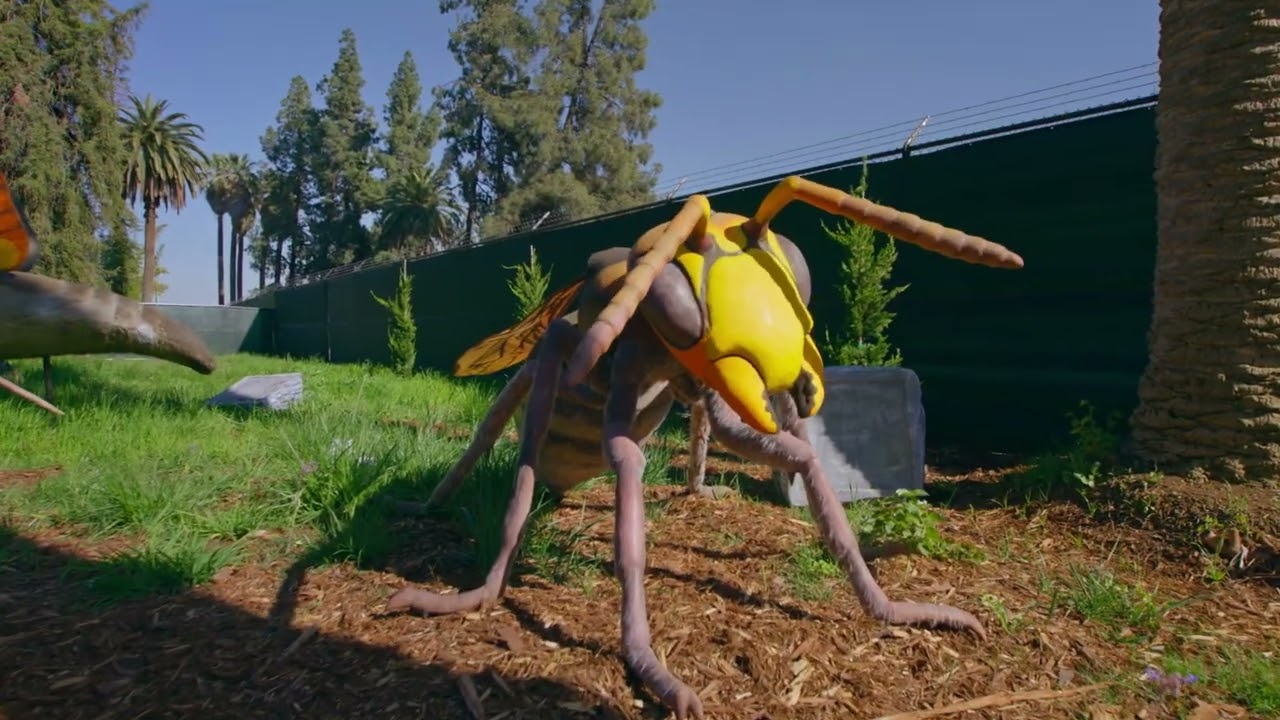– The ecological role and importance of butterflies and big bugs
– Conservation challenges facing these creatures
– The impact of climate change on their habitats
– The significance of butterflies and big bugs in zoo management and wildlife education
– Strategies for promoting the conservation of butterflies and big bugs through public engagement
Butterflies and big bugs play critical roles in ecosystems as pollinators, prey, and indicators of environmental health. These creatures, often celebrated for their beauty or marveled at for their size, contribute significantly to pollinating various plants, including those vital for human agriculture. Their larval stages are crucial food sources for other species, creating a vital link in numerous food webs. Understanding the ecological significance of these organisms is essential for appreciating their role in maintaining biodiversity and ecosystem services.
Conservation challenges for butterflies and big bugs include habitat loss, pesticide use, and introduced species that compete for resources or directly predate native species. Habitat destruction, whether through urban development, intensive agriculture, or deforestation, removes the essential plants these creatures rely on for nectar and larval food sources. Meanwhile, pesticides, even those not directly targeting these insects, can devastate their populations by killing non-target species or reducing the availability of their food plants.
Climate change presents another profound threat to butterflies and big bugs, altering their habitats and the timing of seasonal activities. Changes in temperature and precipitation patterns can shift the distribution of suitable habitats, often at a pace faster than these species can adapt or migrate. Additionally, mismatches between the life cycles of these pollinators and the flowering of plants they rely on for nectar can lead to reduced reproduction and survival rates.
In the context of zoo management and wildlife education, butterflies and big bugs offer unique opportunities to engage and educate the public about biodiversity, conservation, and the intricate connections within ecosystems. Zoos, butterfly houses, and insectariums can serve as ark sites, preserving genetically diverse populations of endangered species while providing visitors with up-close experiences that foster appreciation and a deeper understanding of these often-overlooked creatures. Educational programs highlighting the roles of butterflies and big bugs in ecosystems, their conservation needs, and how individuals can help protect them are vital for promoting environmental stewardship.
Promoting the conservation of butterflies and big bugs requires public engagement and participation in conservation efforts. Programs encouraging citizen science, such as butterfly counts or monitoring projects, empower individuals to contribute valuable data while fostering a connection with local ecosystems. Initiatives to create pollinator-friendly spaces, whether in private gardens, public parks, or within zoo grounds, can provide crucial habitats and food sources. Public campaigns that raise awareness about the impacts of pesticide use and advocate for conservation-friendly practices are also key strategies in the conservation toolbox.
The protection and preservation of butterflies and big bugs are crucial for maintaining healthy ecosystems and the myriad benefits they provide. Through education, conservation action, and public engagement, it is possible to address these remarkable creatures’ challenges and ensure their survival for future generations to appreciate and enjoy. Engaging with these topics benefits these insects and enriches human understanding and appreciation of the natural world, highlighting the interconnectedness of all life.
*****
Source Description


